
Knowing how to read codes on your car can give you a lot of peace of mind. A check engine light can be a sign of a few different things, from a loose gas cap to a faulty computer. In any case, it’s important to know how to read these codes to avoid a costly breakdown. Here are some examples of common codes and their meanings. Also, learn how to decipher the difference between SAE and Manufacturer-specific codes.
P0xxx
If you’re wondering how to read P0xxx codes on a car, you’re not alone. This article will explain the process step by step, and provide some tips for reading your car’s codes. A good rule of thumb is to look at the codes in conjunction with your car’s service manual. The first digit of a P0xxx code refers to a generic issue, while the third indicates a sub-menu.
In the list below, you will find the codes that your car is displaying. These codes are from the powertrain and are based on OBD II. Some P0xxx codes overlap with corresponding codes in other areas, such as “C.” Other codes are “P1” or “C” unless they are directly from the manufacturer. These codes will also have a two or three after the letter, but are not illuminated by the check engine light.
When reading a P0xxx code on a car, remember that the code is the vehicle’s way of telling you that something is wrong. Generally speaking, a P0201 code indicates a malfunction in the cylinder 1 injector circuit. If you’re able to read the code accurately, you can make the necessary repairs to your car. You might also prevent an expensive repair bill by knowing how to read the code on your car.
Some of the codes are manufacturer-specific, so if you want to check your car’s computer, use a professional scan tool. These scan tools will tell you whether a code is a generic or manufacturer-specific problem. The letters “0” and “1” are generic codes and correspond to the body, electrical, and computer systems of your vehicle. Regardless of the code type, it is important to follow the instructions carefully to avoid causing damage to your vehicle.
A P0xxx code can indicate any number of problems with your car’s engine. A P0103 code means that a faulty O2 sensor is causing an increased emission, while a P0102 code indicates a malfunction in the mass airflow sensor. The latter code can also indicate a faulty powertrain control module. In this case, the engine doesn’t respond properly, and the car doesn’t shift into a higher gear.
The first step is to determine the specific cause of a P0xxx code. The DTC will be a two-digit number. This number is usually between 0 and 99. The second part of the code is an acronym for the trouble code. A typical DTC has five characters, and each character represents a problem. For example, P0219 is a powertrain code, indicating that something is wrong with the transmission.
SAE codes
You may notice various SAE codes on your car, but how do you interpret them? These codes are assigned by the Society of Automotive Engineers (SAE) and are used to identify safety-related equipment on vehicles. Each type of code has its own letter/number sequence, and the first digit is generic for all vehicles. The second digit is manufacturer specific, and “1” is for a mass air flow sensor or fuel or air metering system issue.
The symptoms of ISO/SAE codes play a big role in determining their cause. A proper diagnosis also includes checking other stored codes, as well as TSBs. Another common problem may be low voltage or a bad connection in the battery. If you can determine the code’s source, you can proceed to the next step. If you cannot read the code, you will need to perform a visual inspection of the vehicle.
The P0128 code means the engine coolant temperature is below the thermostat regulating it. This is a common error that could result in a car’s Check Engine light coming on. The code is not manufacturer specific. However, it’s still a standardized code that indicates a problem with the vehicle’s fuel and air metering system. In many cases, this code is not cause for concern. However, you should contact your dealer if you suspect the error.
OBD-II trouble codes are alphanumeric values that correspond to a specific problem on a vehicle. These codes are created by the Society of Automotive Engineers for compliance with the OBD-II emission regulations in the US. There are generic codes and manufacturer-specific codes. The purpose of these codes is to make the vehicle run properly and efficiently. If you think you have a malfunctioning part, a SAE code will help you determine what is wrong.
There are three major types of SAE codes: B2xxx, C2xxx, and U2xxx. These codes are manufacturer controlled or reserved. For the majority of vehicles, the first digit is generic and indicates a problem with the engine. The second digit is manufacturer-specific and is specific to the manufacturer’s vehicle. The codes starting with “1” are manufacturer-specific codes. These are specific to the manufacturer’s car model, and the message they display is unique to that car.
You can also use a scan tool to read the codes on your car. These devices connect to your car’s OBD-II diagnostic connector. These readers usually plug into the left-hand side of the steering column. Some readers require specific adapters if your car is pre-1996. They are inexpensive and easy to use. The problem is that they don’t have as much functionality as scanners. You’ll need to know your vehicle’s model and the code to read it.
Manufacturer-specific codes
If you have ever had to diagnose an issue with your car, you’ve probably wondered how to read manufacturer-specific car codes. These codes are generally grouped by area of the car. The first letter stands for a generic code, followed by two digits that indicate which manufacturer the problem pertains to. The next number represents the specific area of the car affected. If it’s a code indicating a problem with the transmission, for instance, you might need to replace the plug wire.
Most car models have trouble codes. These codes are used to diagnose problems and may be permanently attached or pending. You can also cross-reference codes to find the exact problem causing your car’s malfunctions. Although these codes will let you know what the problem is, you won’t know how to replace it if you don’t know what to look for. That’s why it’s important to learn how to read manufacturer-specific car codes to prevent car problems.
There are several types of car codes, and they are typically divided into three categories. These include the powertrain (P-codes), chassis (C-codes), and shared computer systems. Most codes are generic, while others are specific to a certain manufacturer. Generic codes start with P0 and are universal to all cars. However, some manufacturers have added their own codes. To read manufacturer-specific car codes, you can use a scanner to view the problem on the screen of your vehicle.
The most common method is to purchase an OBD-II scanner. These scanners are easy to use and plug into a car’s diagnostic port. Some scanners even come with software that can interpret the codes for you. Code readers are cheaper and are available at auto parts stores. But they do not have as many features as scanners. To learn how to read manufacturer-specific car codes, you need to first understand which car system your vehicle has.
Luckily, you can access the OBD codes without a scanner by using your vehicle’s trip odometer or ignition key. The procedure for accessing these codes varies with manufacturer and vehicle, but it’s possible to do it yourself. You can find a free code reader at a local auto parts store. You’ll need to know your car model and year, however. If you are unsure, you can also use the auto repair center at your local AutoZone.
While OBD codes can confuse everyone, it’s important to understand that they don’t necessarily mean a part needs to be replaced. Instead, they indicate a system problem that needs further diagnosis. Don’t be fooled by auto parts stores. Some of them will try to sell you a part based on an OBD code that doesn’t exist in your vehicle. That can only complicate the problem.


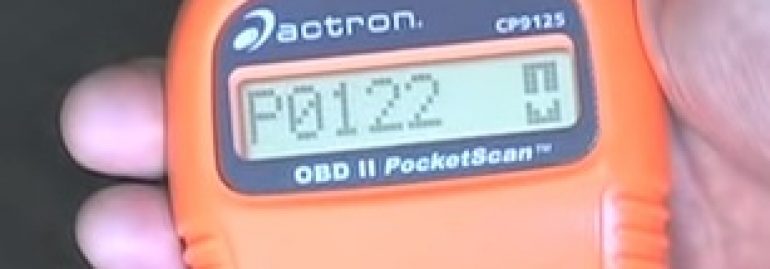
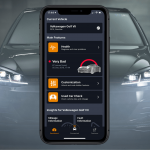
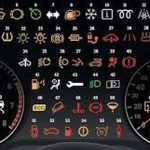
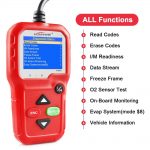
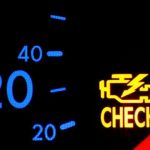
what do codes the codes mean PO 441 442 446 500